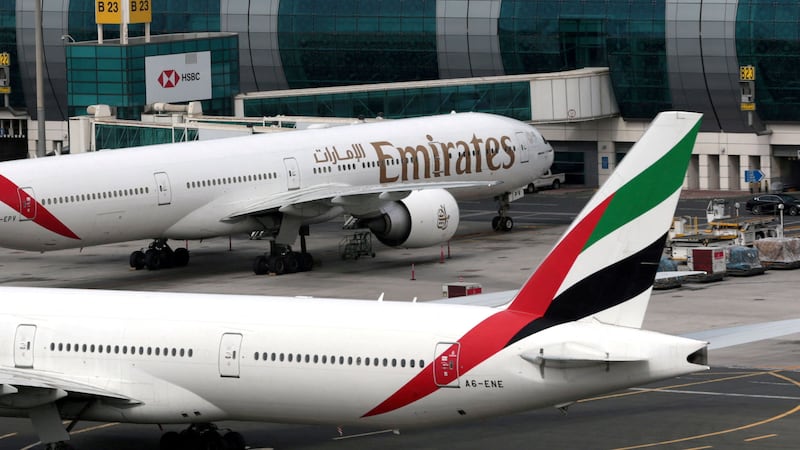The airlines that fly between Dubai and Riyadh have recorded a huge increase in the revenue generated by the route, analysis by Official Airline Guide (OAG) found.
OAG, one of the world's largest aviation information and analytical services companies, found between the first half of 2019 and January-June this year, the revenue the route between the two cities generated leapt 416 per cent.
Revenue in the first half of this year was $990 million, compared to $192 million in the first half of 2019, due to soaring demand and the global trend of rising prices of airfares.
However, such revenue growth in the short-haul sector is unusual at the moment, as most domestic and international routes of less than 1,600km struggle to regain 2019 revenue levels.
The route that comes closest to Dubai-Riyadh in improving revenue terms over the same period is between Singapore and Sydney, at 211 per cent. The best in terms of total revenue is Sydney-Melbourne, which landed $1.2 billion in revenue in the first half of this year.

'Quite incredible'
"The Dubai-Riyadh phenomenon is just incredible", said John Grant, OAG's chief analyst.
"You can't buy a seat for love nor money on a Thursday evening to fly from Riyadh to Dubai."
The two-hour hop between Dubai and Riyadh is a busy route, with Emirates alone laying on seven flights a day. Also using the route is the Saudi flag carrier, Saudia, along with the likes of Flydubai, Flyadeal and Flynas.
The increase in the revenue being made on the 872km route was no major surprise to Deirdre Fulton, partner at Midas Aviation, given the "volume of activity that's under way and the level of business traffic that's going backwards and forwards between those two countries at the minute".
In addition to the soaring demand, capacity has been somewhat crimped by regulation. This squeeze on supply, coupled with the high demand and the global inflationary environment, has led to a rise in prices.
But Mr Grant believes that given time the market will even out and fares will stabilise, especially if more passenger capacity comes online and if the market receives new entrants.
"If you look at some of the booking data, the creative ways people are moving between those two countries at the moment is quite incredible," he said.
"But that will change over time."







